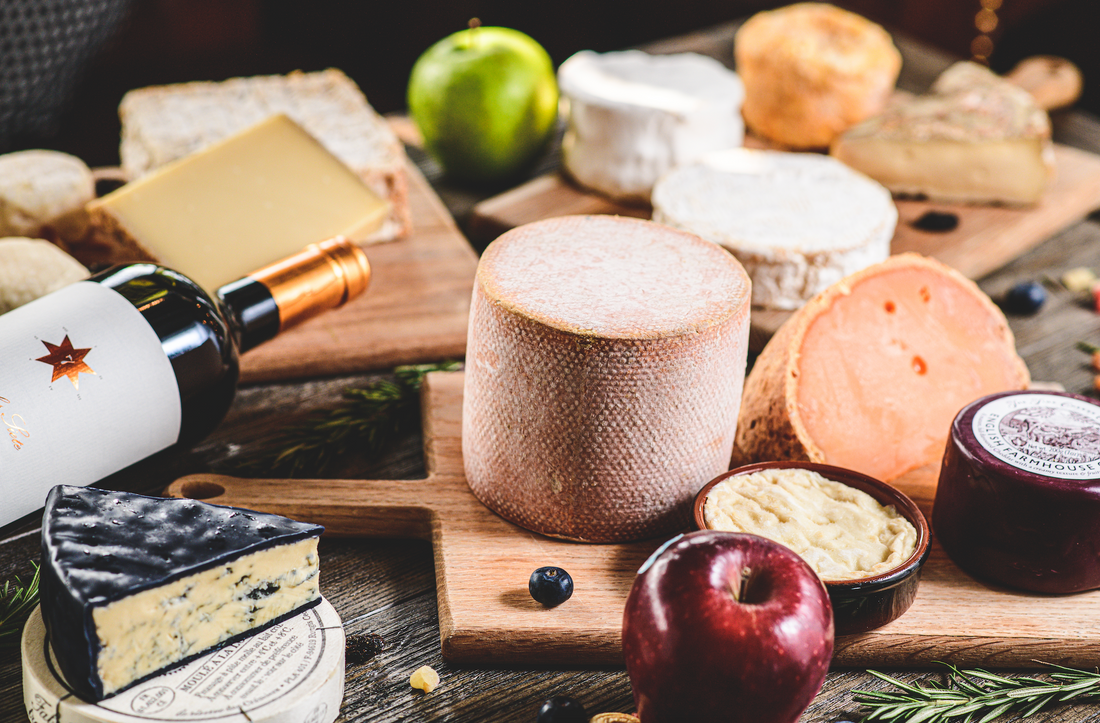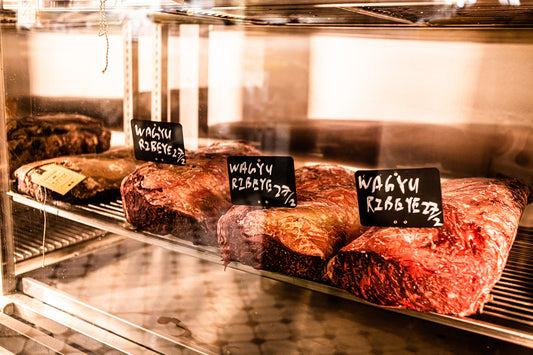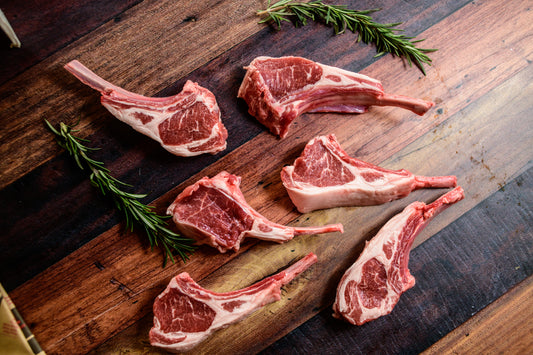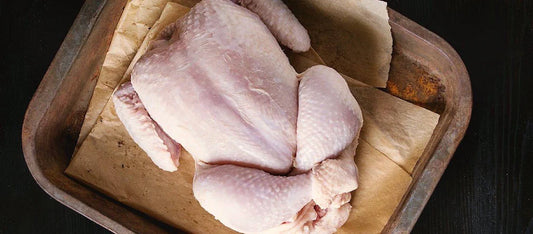
FAB乳酪種類指南
我們都是起司愛好者!起司幾乎可以搭配任何菜餚,而且當只有一小塊可以慢慢享用時,它也是一道美味的小零食。但是,當起司拼盤端上來時,我們該如何分辨各種起司,又該如何選擇搭配呢?想要一些搭配靈感嗎? (抱歉用了個有點「起司味」的雙關語。)下次光臨我們的起司櫃檯之前,不妨先閱讀以下內容,快速了解一下常見的起司種類。
硬質乳酪
硬質起司的含水量比軟質起司低,需要裝入模具並在高壓下壓製成型,而且通常比軟質起司的熟成時間更長。比較常見的硬質起司包括帕瑪森起司、切達起司和瑞士起司。
帕瑪乾酪
在英語世界通常被稱為帕瑪森乾酪,這種質地緊實、顆粒狀的奶酪帶有濃鬱的果香和堅果香。刨上後撒在義大利麵上非常美味,例如白葡萄酒醬義大利麵或番茄醬義大利麵。
切達乾酪
切達起司最初產於英國,是世界上銷量最高、食用最廣泛的起司。它口感醇厚,味道濃鬱。但其濃鬱程度取決於熟成時間——熟成時間越長,切達起司的味道就越濃鬱。
瑞士
瑞士起司的口感介於堅果香和甜味之間。瑞士起司塊上的孔洞越大,風味就越濃鬱。這些孔洞有時被稱為“眼睛”,因此,孔洞很少或沒有“眼睛”的起司被稱為“盲起司”。
半軟乳酪
半軟質起司的含水量比硬質起司高,味道也更淡。馬蘇里拉起司和明斯特起司是比較常見的兩種。
馬蘇里拉起司
最初的馬蘇里拉起司是用水牛奶製成的,而如今的馬蘇里拉起司則是用牛奶製成。與許多起司不同,馬蘇里拉起司無需陳化。它新鮮濃鬱的奶香使其成為搭配披薩的完美選擇。
明斯特
蒙斯特起司質地柔滑濕潤,風味濃鬱程度不一,從清淡到辛辣都有。由於其極佳的融化性能,蒙斯特起司是製作通心粉起司、漢堡和烤起司三明治的理想選擇。
軟乳酪
軟乳酪與硬乳酪截然相反,口感溫和,質地較軟,非常適合塗抹在餅乾上。布里起司和菲達起司就是比較著名的軟起司。
布瑞
這款法國起司是世界上最知名的起司之一,它「起司皇后」的美譽實至名歸。這款帶有果香和堅果香的奶酪是一款絕佳的甜點奶酪,尤其適合在聞到它濃鬱的氣味時享用。有些人甚至認為「越臭越好」。
菲達起司
菲達起司通常由山羊奶和綿羊奶混合製成,非常適合不食用乳製品的人。根據產地不同,菲達起司的風味、質地和香氣也各不相同——從柔軟細膩、幾乎沒有孔洞,到濃鬱醇厚、有時甚至偏乾。
新鮮乳酪
新鮮起司如果沒有適當的防腐劑,幾天內就會變質。這些起司質地格外柔軟,易於塗抹,味道也比較清淡。比較常見的有乳清乾酪和奶油乳酪。
乳清乾酪
義大利乳清乾酪(Ricotta)是一種新鮮的義大利乳酪,由綿羊奶、牛奶、山羊奶或水牛奶在製作其他乳酪過程中剩餘的乳清製成。這款起司口感香甜蓬鬆,質地輕盈。想來點速食嗎?義大利乳清乾酪是吐司的完美搭檔。
奶油乳酪
奶油乳酪是一種質地柔軟、口感溫和、脂肪含量高的乳酪。由於它並非自然成熟,因此最好趁新鮮食用,這使其與其他軟質起司有所區別。奶油乳酪可以呈現多種不同的風味,從羅勒到莓果,應有盡有。



